Just as new car brands are constantly being added, car manufacturers are also disappearing from the scene – to name just three well-known names in the top 11 with Saab, Borgward and Rover.
The German car market is a tough place for both newcomers and long-term car brands. Some exotics like Infiniti have never reached the consciousness of German customers and have quietly and secretly rolled off the scene. Other brands like Borgward said goodbye twice: First with a big bang in 1961, then more or less secretly in 2019 after the failed comeback. And then there are brands that, even years after their demise, still have a large following: like Saab. The Swedish carmaker went bankrupt in 2012 and lives on in the collective memory as a brand for aerodynamic design, famous turbo engines and quirks like the ignition switch in the center console. In the picture gallery we show a selection of car brands, some of which have gone bankrupt, some of which are avoiding the German market due to lack of success, and summarize their sometimes tragic stories.
Borgward
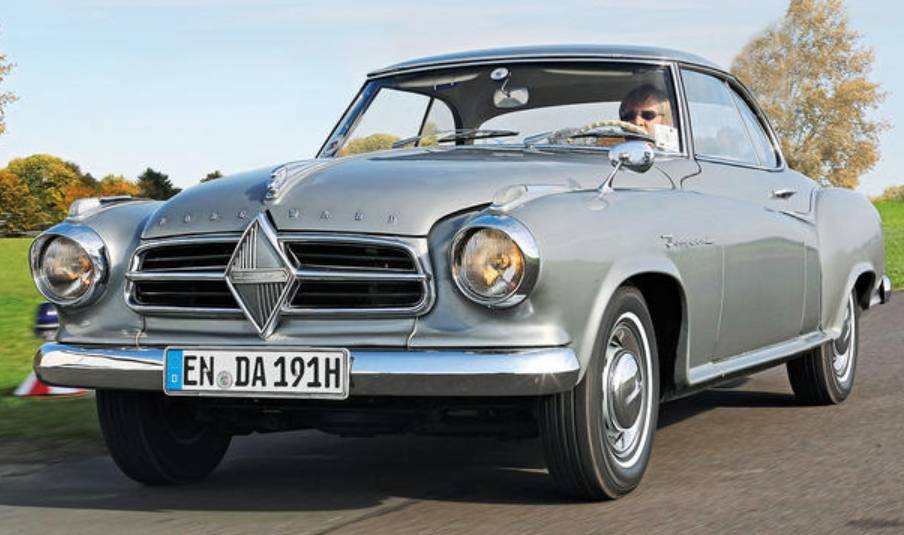
From the 1930s to the 1960s, Borgward was one of the most important automobile manufacturers in Germany, based in Bremen. Introduced in 1954, the Borgward Isabella mid-size sedan was a bestseller and remains the brand’s most successful model to this day. But this success did not last forever. In 1960, engineer, managing director and founder Carl F. W. Borgward was only able to keep his brand alive with loans in the millions from the state of Bremen. The Senate, which came under media pressure, blocked Borgward’s financial contributions in 1961 – the founder had to file for bankruptcy. Whereupon the state of Bremen took over the Borgward-Werke and converted it into a stock corporation. The founder was no longer allowed to enter the factory. Over the years, the rights to the brand and the work have changed investors several times. Christian Borgward, grandson of the founder, tried to revive the brand from 2005 to 2014 and failed. The Borgward Group has belonged to the Chinese mobility company Ucar since 2019. SUVs offered under the Borgward name sold poorly in Germany, which is why the investor quietly paused sales on the German and European markets. At the moment, Borgward cars only exist on the Chinese market.
Chevy
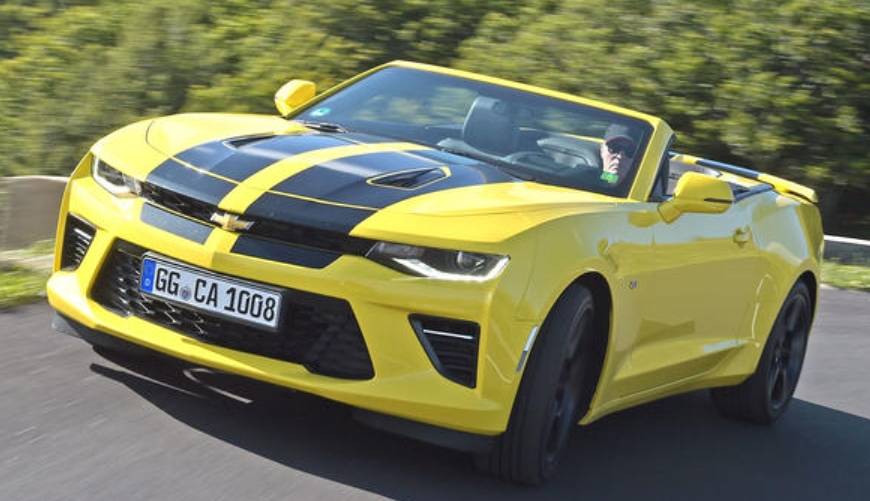
Racing driver Louis Chevrolet founded the car brand of the same name in 1911. Chevrolet has been part of the General Motors Group (GM) since 1918, embodies American car engineering and over the years has always been the most popular car brand in America and a clear competitor to Ford. The Corvette, which saw the light of day in 1953 as the epitome of the American sports car, was style-defining for the brand. However, it has always distinguished itself from the rest of the model range with its own logo. The Chevrolet Camaro also has legendary status. The manufacturer has been selling vehicles in Europe since 2005. However, in order to strengthen its other European brands, parent company GM decided in 2013 that Chevrolet would withdraw from the Western European market. Only to sell Opel and Vauxhall to PSA a few years later. Since Chevrolet stopped selling vehicles in Germany in mid-2014, only the Corvette has been available in this country.
Daewoo
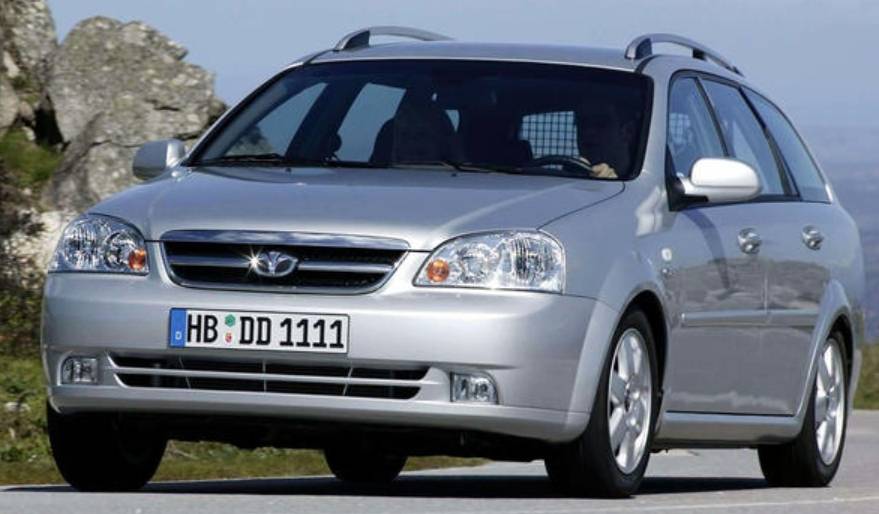
Daewoo was one of the first Korean car manufacturers to venture into the German market in 1995. And the risk here lay not only in winning over the western European market, but also in the appearance of the models, which took some getting used to. However, models like Nubira, Nexia or Matiz could not leave a lasting impression. In 2002, after the company went bankrupt, it was split up. Daewoo’s passenger car division has been taken over by General Motors. From then on, the models were marketed as Chevrolet.
Daihatsu
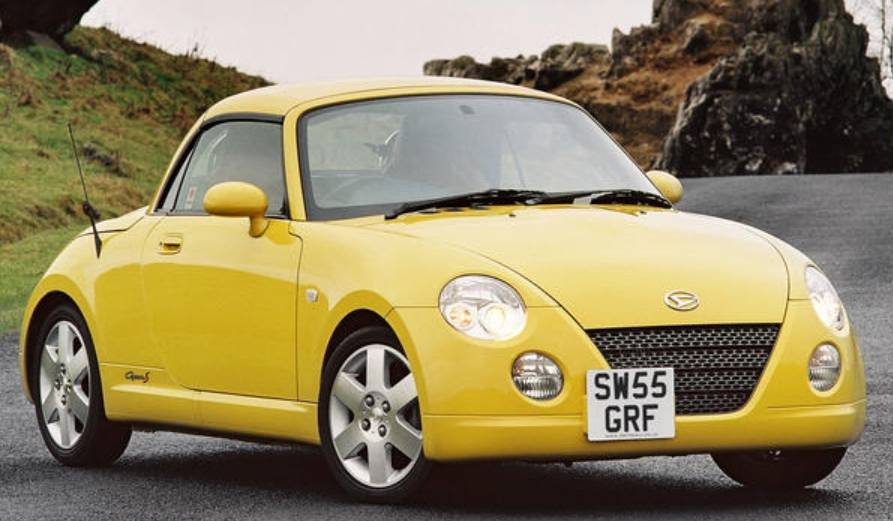
For 24 years, Daihatsu has enriched the street scene in Germany with quite idiosyncratic models such as Copen, Charade and Materia. In 2013, the Japanese manufacturer withdrew from the German and European market due to a lack of demand. Toyota had held the majority of shares in the company since 1998, and in 2016 Toyota bought up the remaining percentage and made Daihatsu its subsidiary.
Holden
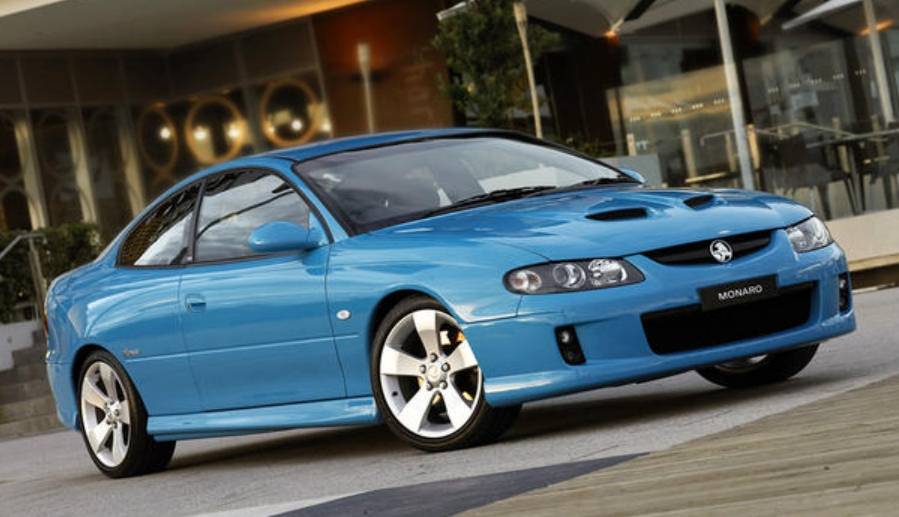
James Alexander Holden founded the saddlery J.A. Holden & Co, which from 1919 merged into the new company Holden’s Motor Body Builders Ltd. initially devoted himself to the construction of car bodies and, among other things, manufactured bodies for Ford Australia. In 1931, General Motors bought the brand and for a long time put a stop to the ambition to build Holden’s own models. In 1948 the first Holden and thus an “Australian car” came onto the Australian market and was a blockbuster. International expansion of the company followed. In the 1960s and 1970s, the brand was best known for its V6 and V8 engines. Some people are still familiar with the Monaro (albeit as a Vauxhall) from various parts of the racing game Need for Speed. In the 2000s, Asian competition, lack of demand and political sanctions, such as drastic speed limits in Australia, made the brand and its large-displacement engines unattractive. The last vehicle rolled off the assembly line in 2017, and the brand was discontinued in 2021.
Infinity
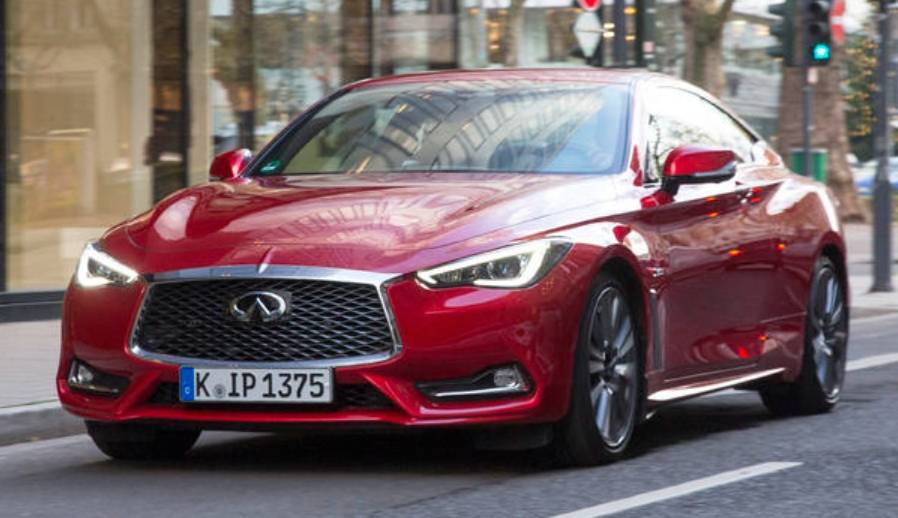
In 1989, the Nissan luxury brand Infiniti was founded as an answer to Toyota’s luxury brand Lexus and initially sold models in the United States, Canada, China and Russia. From 2008 the manufacturer also supplied the European market and wanted to establish its models in Germany from 2009. The emphasis is on “wanted”, because even if models like the QX30 or FX50 offered a completely independent appearance, the demand in Germany remained low. Within a decade, Infiniti sold just under 7,000 cars in Germany. The manufacturer ended its distribution in Western Europe in 2020.
Lancia
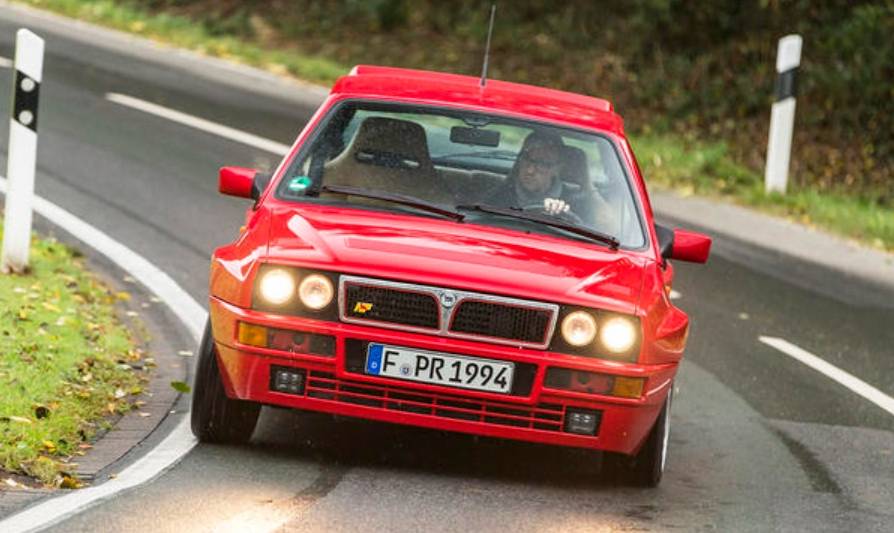
Former Fiat racing driver Vincenzo Lancia founded the Italian car brand of the same name in 1906. Lancia was a family business until 1955 before Fiat took over the brand in 1969. In addition to luxury limousines, beguiling coupés and racing cars, Lancia also manufactured commercial vehicles and buses. One of the most successful rally cars of all time also comes from the manufacturer’s halls – the Lancia Delta Integrale. Hollywood stars like Greta Garbo or Ernst Hemingway made the then Italian luxury brand famous. However, the splendor of old times did not last forever and demand fell. Also because the brand was increasingly becoming a producer of luxurious Fiat models. In 2021 Lancia only sold the Ypsilon model in Italy, since then the brand has also belonged to the newly founded Stellantis automotive group, which emerged from FCA and PSA. Its CEO Carlos Taveres announced that the group would invest and would like to start selling models outside of Italy again from 2024. Very likely again in Germany.
Pontiac
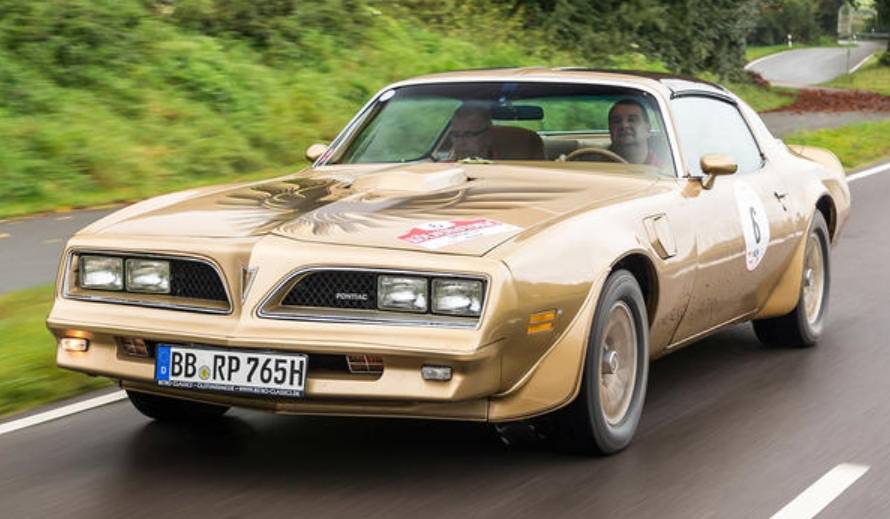
The Firebird is probably the best-known model from the US car brand Pontiac, which belonged to General Motors. It embodies the brand’s recipe for success: high performance for comparatively little money. The sporty vehicles in the middle price segment should particularly appeal to young buyers. At the latest with the design experiment Pontiac Aztek from the 90s, which is considered one of the ugliest cars of all time, the decline of the brand and its model policy was sealed. In 2009, Pontiac was discontinued as a brand.
Rover
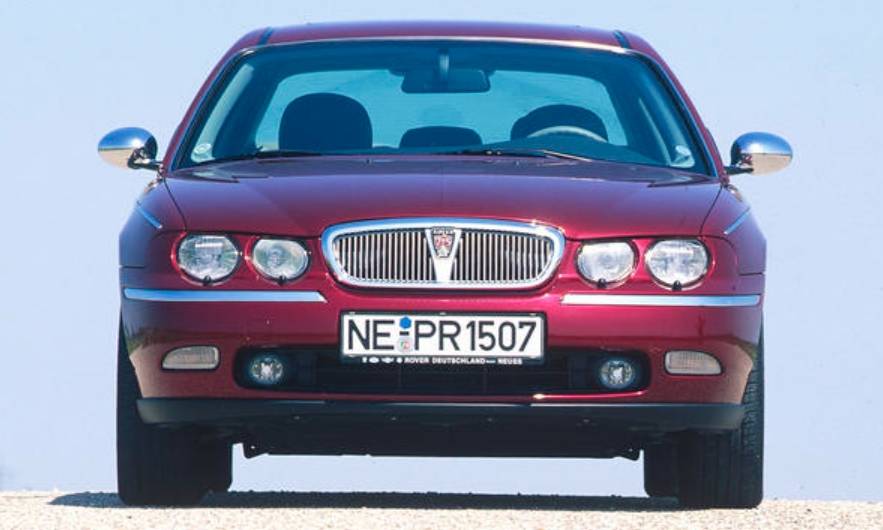
Rover presented its first automobile in 1904 – the Rover 8. The British brand, from which Land Rover and Range Rover also emerged, survived the First World War, inflation, the Great Depression and the Second World War. Rover test cars like the “Jet 1” from 1950, which had a gas turbine drive, went down in automotive history. But then the manufacturer stumbled, quality defects and a lack of innovation increasingly pushed the brand out of the market over the years. From 1970 Rover belonged to British Leyland, from 1988 to British Aerospace. In 1994, BMW bought the brand and tried in vain to get it out of the crisis with the Rover 75 Tourer. Rover was dissolved in 2005. The trademark rights belong to the Indian car manufacturer Tata, while Chinese:innen secured the rights to 25 and 75 and sold them as Roewe.
SAAB
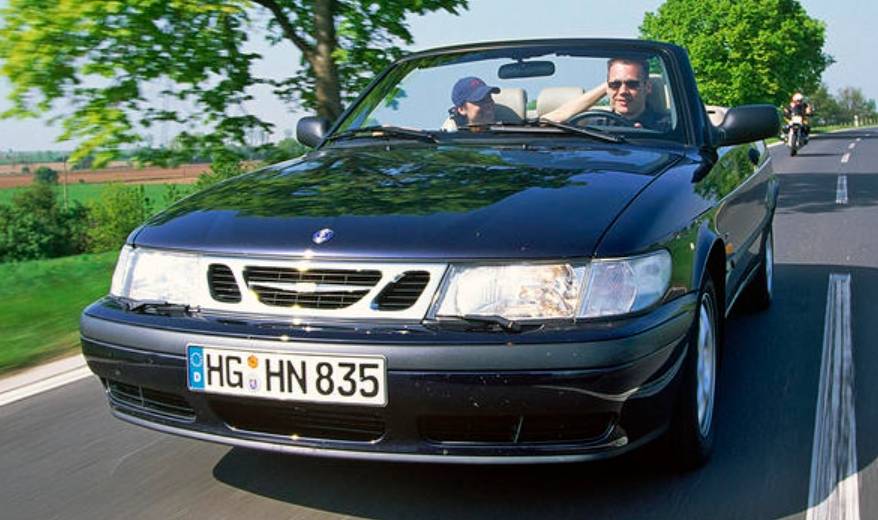
The history of the Swedish manufacturer Saab Automobile began in 1947 with the prototype 92001, whose aerodynamic shape was developed by the engineers of the aircraft manufacturer of the same name. The lines of the Saab 99 presented in 1968 were the design basis of all Saab models for decades and formed the basic features of the brand. The 99 also featured a turbocharged engine, which was as defining for future models as it was for the brand itself. Peculiarities such as the ignition lock in the center console also made Saab cars special. The most important series were the Saab 900 (1978-1998), 9-5 (1997-2011) and Saab 9-3 (1998-2011). From 2000 to 2010, Saab belonged to the US group General Motors (GM). Led by Spyker Cars, which Saab acquired from GM in 2010, the brand eventually went bankrupt in 2012. The Chinese successor company NEVS, which acquired the trademark rights, announced a new edition, but this idea was rejected in 2016.
Wiesmann
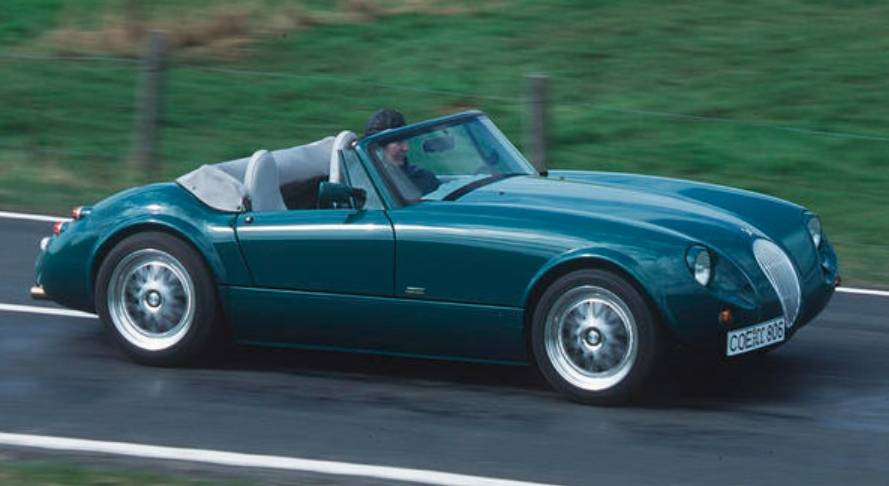
The vision of the brothers Friedhelm and Martin Wiesmann: to manufacture classic roadsters with the best driving characteristics and the highest quality. In 1993, the Dülmen sports car manufacturer started production of the first series model, the Roadster MF30. The gecko as a trademark embodied what the car manufacturers and customers wanted: to stick the car on the road like the animal on the wall. Until the bankruptcy in 2013, Wiesmann manufactured around 1,600 cars. An investor has brought the brand back to life, and a new edition is planned. However, the Wiesmann brothers are no longer part of the company.

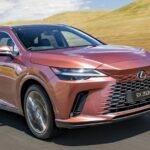
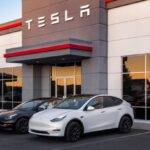
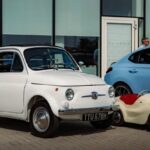
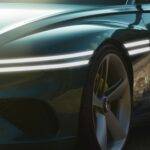
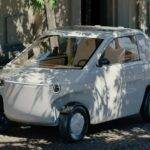
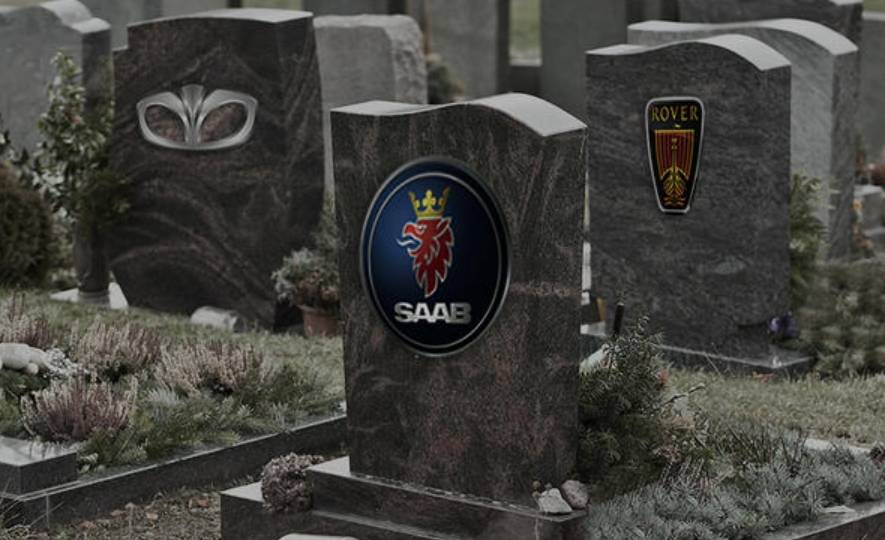
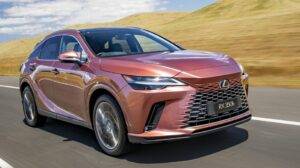
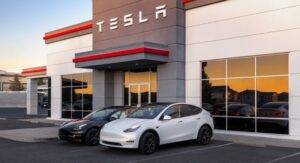
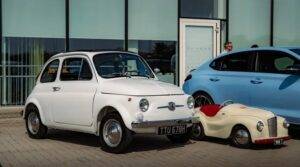
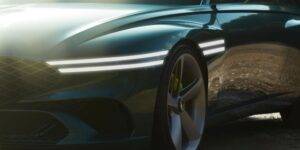
More Stories
Review of the 2023 Lexus RX: A Fresh Perspective on a New Car
Cool Cars Driven by Bentley’s Staff: Get Ready to Be Impressed
Toyota Grand Highlander: a hybrid SUV with 8 seats and more than 5 m in length